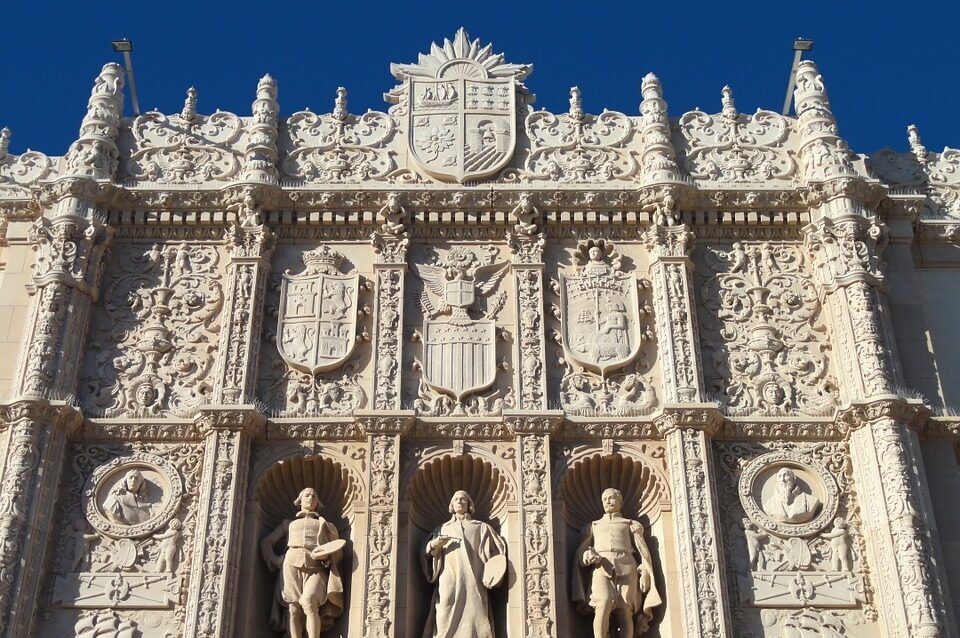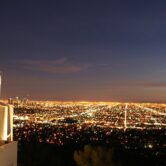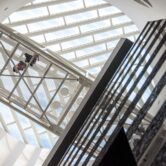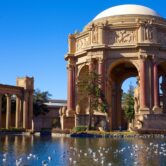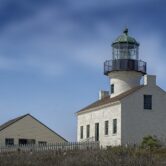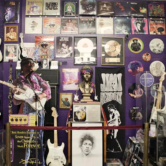This museum is located on El Prado Boulevard in Balboa Park and has a large collection of exceptionally valuable examples of Spanish art. The museum was opened in 1926 as an art gallery, which is why the Balboa Park administration claims that it is the oldest and largest art museum in the region. About half a million people visit it each year.

The museum building was designed by architects W. Johnson and R. Snyder and is made in the interesting Plateresque style so as not to disturb the harmony with the rest of the buildings at the Panama-California Exposition of 1915. The dominant feature of the building is the beautiful ornate façade with a heavily ornamented door, which was inspired by a Salamaca University door. The exterior was also clearly inspired by the remarkable cathedral in Valladolid and the Santa Cruz Hospital in Toledo, Spain.
Construction took two years, after which A. S. Bridges, who financed it, donated the building to the city. In 1966, a west wing with a sculpted courtyard was added to the museum, doubling its size, and in 1974, the east wing was added.
The most valuable works are those of the great Spaniards: Murillo, Zurbarán, Cotán, Ribera and El Greco.
The museum collections are grouped according to historical periods, with the oldest dating back to 5000 B.C. and the youngest to our time. The most valuable works are those of the great Spaniards: Murillo, Zurbarán, Cotán, Ribera and El Greco. The first among the world masterpieces that the museum can boast today was a painting by Francisco Goya, bought in 1939 from a private collection and never exhibited before. In the following decade, the museum managed to acquire paintings by Giovanni Bellini and Diego Velázquez (the portrait of the Infanta Margarita, thought to be a study for the world famous portrait on display in Vienna).
The most striking masterpieces of the collection, which must be seen at the museum, are The Arrest of Christ by Hieronymus Bosch, The Vision of St. Anthony of Padua by Giambattista Pittoni, The Hairdressing Woman by O. Renoir. Renoir and “Bouquet” by Matisse.
Italian artists are represented in the collection by works by Giordone, Giambattista Pittoni, Giotto, Veronese, Luini, and Canaletto. The Northern European school of painting is represented by Rubens, Hals and Van Dyck. More modern authors whose works can also be seen in the museum include German expressionists such as Otto Dix, Egon Schiele, and Gustav Klimt.
